Surge Protector
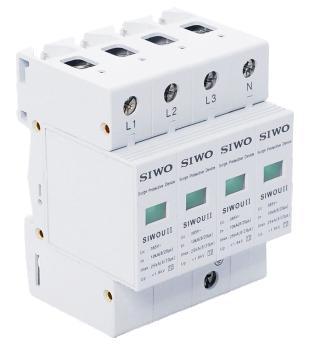
As the information network rapidly develops, the number and scale of electronic devices within systems are continuously expanding, and the integration of electronic components is increasing. When lightning generates an electromagnetic pulse or overvoltage occurs due to electrical operations, it can damage electrical equipment.
Surge Protection Device: ZSEE U series connects the protected circuits into an equipotential system, ensuring that all equipment ports have the same potential. It discharges the large amount of pulse energy generated by lightning strikes to the ground, reducing the potential difference at each interface, thereby protecting the electrical devices on the circuit.
Standards Compliance
GB 18802.1-2011 “Low-voltage surge protective devices (SPD) Part 1: Surge protective devices for low-voltage distribution systems - Performance requirements and test methods”
GB 50057-2010 “Code for Design Protection of Structures Against Lightning”
GB 50343-2012 “Technical Specifications for Lightning Protection of Electronic Information Systems in Buildings”
IEC 61643-11-2011 “Low-voltage protective devices Part 11: Surge protective devices connected to low-voltage power systems - Requirements and test methods”
IEC 61643-12-2008 “Low-voltage surge protective devices Part 12: Surge protective devices for low-voltage distribution systems - Selection and application principles”
IEC61643-1-2005 “Low-voltage surge protective devices Part 1: Surge protective devices connected to low-voltage distribution systems - Requirements and tests”
Applications
The ZSEEU series surge protectors (SPD) are suitable for use at the power input terminals of low-voltage distribution cabinets, power cabinets, AC distribution panels, power distribution boxes, lighting boxes, and other important equipment with an AC voltage of 230/400V and a frequency of 50/60Hz. They protect electrical equipment from damage caused by overvoltage from lightning strikes or operations.
Operating Environment
Altitude not exceeding 2000m; ambient air temperature range of -40~+80℃; relative humidity not exceeding 95%.
Note: If the operating environment does not meet the above conditions, the manufacturer should be informed.
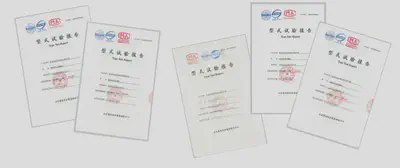
Model Description

Product Features
- The outer shell, made of PBT (polybutylene terephthalate), has excellent flame resistance, thermal stability, chemical stability, mechanical strength, and electrical insulation properties.
- Minimal exposure of terminal parts, user-friendly design for easy installation and reduced risk of electric shock.
- Installation label included for easy on-site labeling.
- Complete range of product specifications.
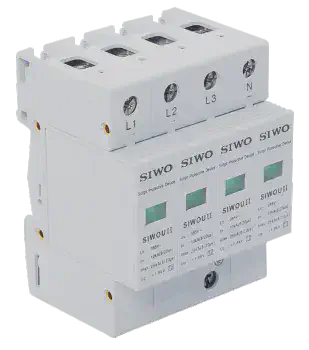
ZSEEU Type I Voltage-switching Model
The core component is a multilayer graphite gap, with graphite as the electrode plate and polytetrafluoroethylene as the gap plate. The maximum impulse current is 15~50kA (10/350μs).
Features:
- No follow current;
- High energy discharge capacity, capable of withstanding direct lightning strikes;
- No leakage current;
- Standard modular installation.
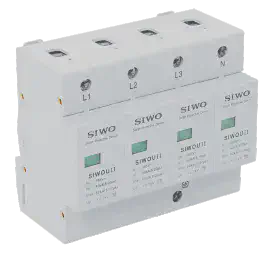
ZSEEU Type II Voltage-limiting Model
Made of high-quality zinc oxide varistor chips. The maximum discharge current is 10kA to 150kA (8/20μs).
Features:
- Varistor chips are screened based on nonlinear parameters, varistor voltage, and leakage current abnormalities, with corresponding electronic records established.
- Low residual voltage, small leakage current, no follow current;
- Thermal tripping/fusing function, sensitive disconnection mechanism, fast response speed, ensuring safety and reliability;
- Alarm indicator window to monitor the status of the surge protector, timely reminding users to replace modules;
- 10~100kA plug-in design, rail-mountable;
- Automatic reset after action, does not affect normal power supply;
- Plug-in module uses elastic contact sheets, increasing contact area and reducing contact resistance;
- Different levels of modules have different “tear-drop” positioning to prevent incorrect installation.
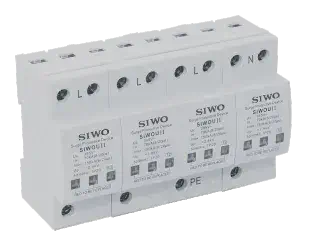
Electrical Performance of ZSEEU Series Surge Protectors
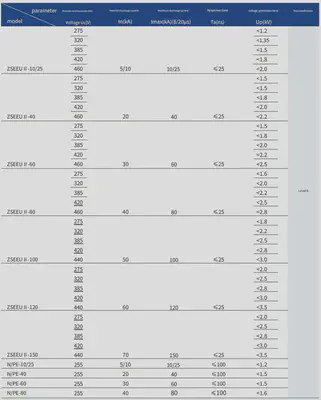

Lightning Protection Zone Classification
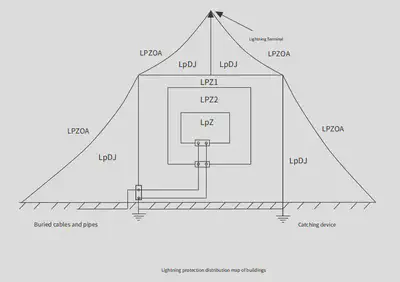
LPZOA (Direct Strike Non-Protected Zone): In this zone, the electromagnetic field is not attenuated, and all objects may be directly struck by lightning, representing a completely exposed non-protected area.
LPZOB (Direct Strike Protected Zone): The electromagnetic field is not attenuated, and objects are rarely directly struck by lightning, representing a sufficiently exposed direct strike protected area.
LPZ1 (First Protection Zone): Due to the shielding measures of the building, the lightning current flowing through various conductors is reduced compared to the direct strike protected zone, and the electromagnetic field is initially attenuated, making it unlikely for objects to be struck directly.
LPZ2 (Second Protection Zone): A further protection zone to reduce induced lightning currents or electromagnetic fields.
LPZn (Subsequent Protection Zone): A further protection zone to reduce lightning electromagnetic pulses to protect equipment with high sensitivity levels.
ZSEEU Model Selection Recommendations
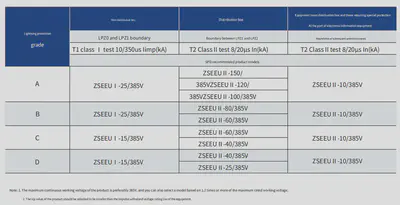
Minimum Cross-sectional Area Requirements for ZSEEU Connection Wires

ZSEEU Series Product Dimension Diagrams
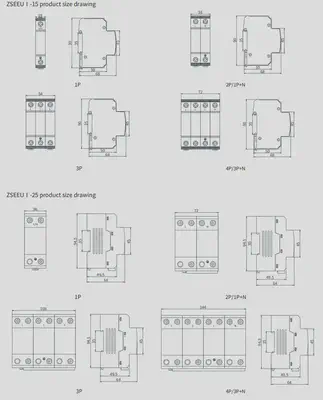
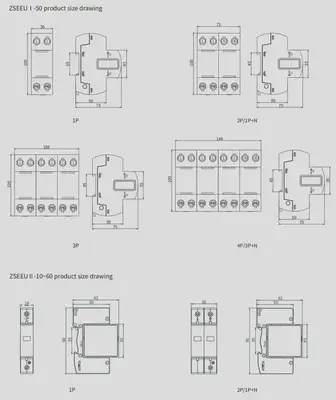
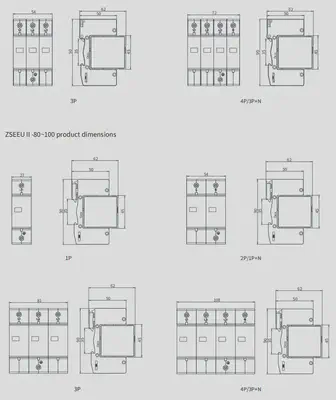
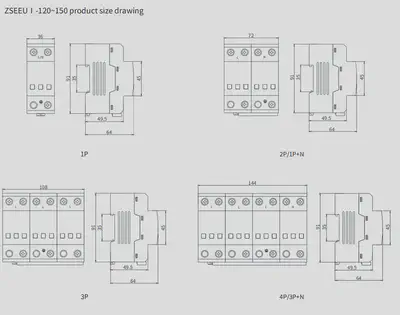
- Due to the continuous upgrading and optimization of the company’s products, all information contained in this document is subject to the actual product. Changes may be made without prior notice. The company and its employees do not assume any joint liability for disputes arising from unconfirmed information in this document by our business department.